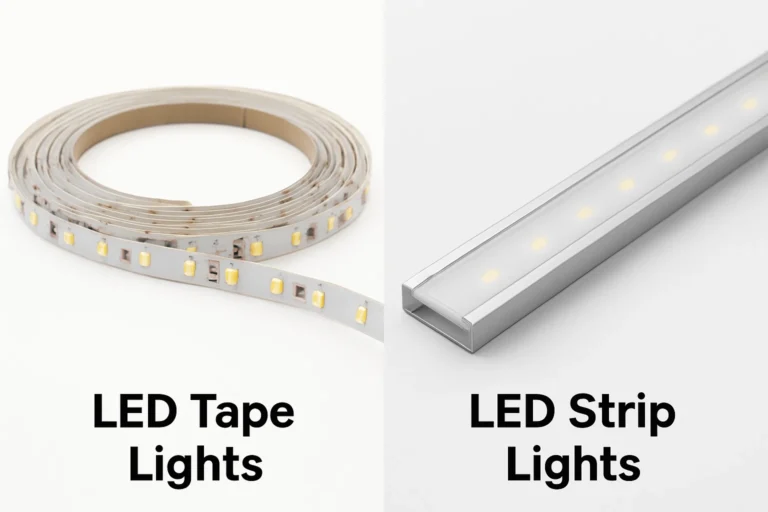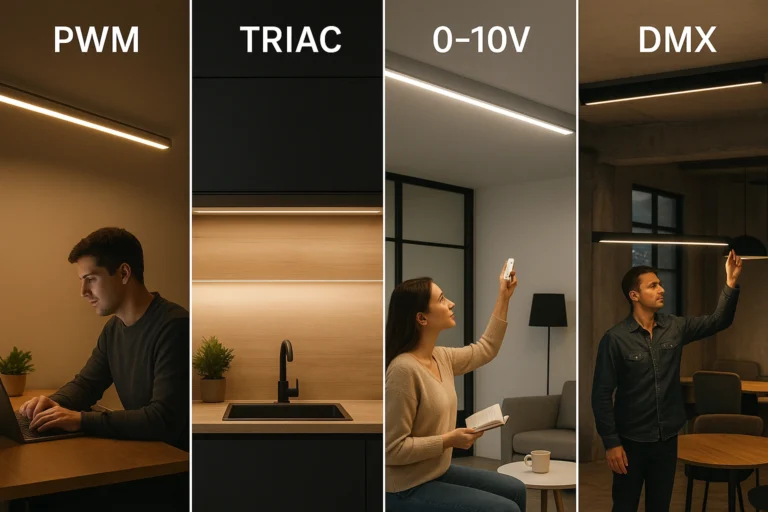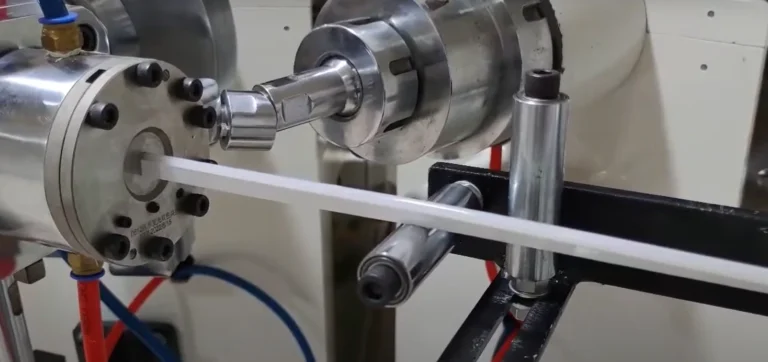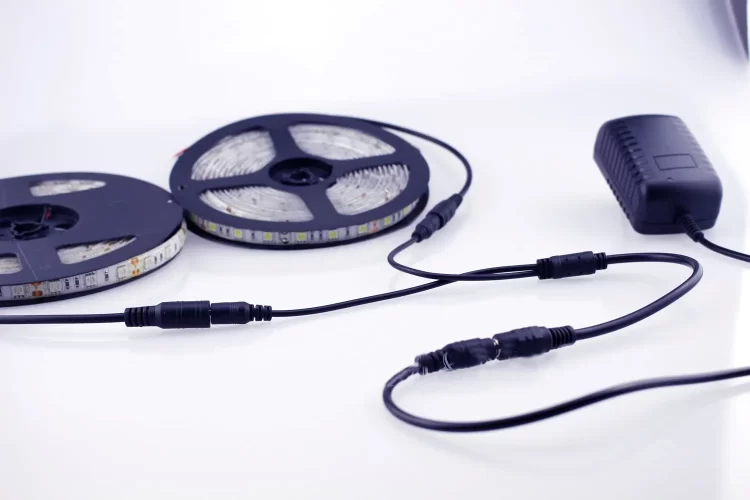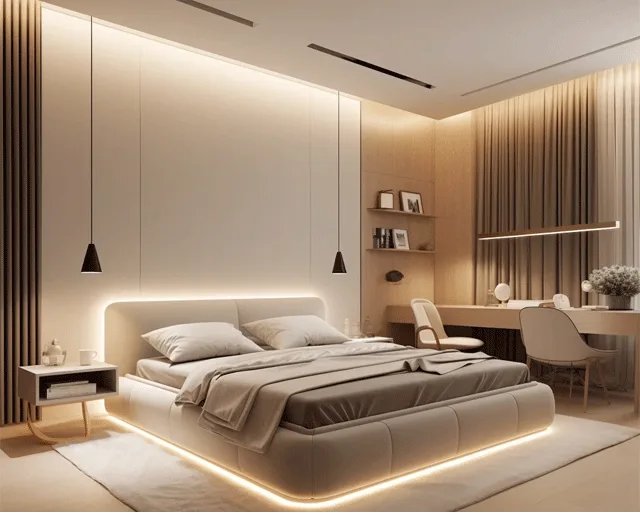Ze względu na swoją wszechstronność i wysoką wydajność, lampy LED zyskały dużą popularność w scenariuszach oświetlenia mieszkalnego, komercyjnego i przemysłowego. Od oświetlenia otoczenia po oświetlenie funkcjonalne o wysokim indeksie oddawania kolorów (CRI) stały się popularnym wyborem wśród projektantów i inżynierów.
Jednak w praktyce, pomimo licznych zalet lamp LED, istnieją również potencjalne wady, które mogą wpływać na ich wydajność i przydatność dla określonych środowisk, szczególnie w dużych projektach komercyjnych, w których mogą prowadzić do opóźnień i przekroczenia kosztów.
W Signlited zobowiązujemy się do dostarczania naszym klientom najlepszych rozwiązań oświetleniowych LED. Jednak zrozumienie potencjalnych wad pasków świetlnych LED ma kluczowe znaczenie dla podejmowania świadomych decyzji. W tym poście na blogu omówimy wady pasków świetlnych LED, przyczyny leżące u podstaw oraz sposoby łagodzenia ryzyka poprzez selekcję i poprawę, pomagając podejmować bardziej świadome decyzje.
Wady lampek LED pasków
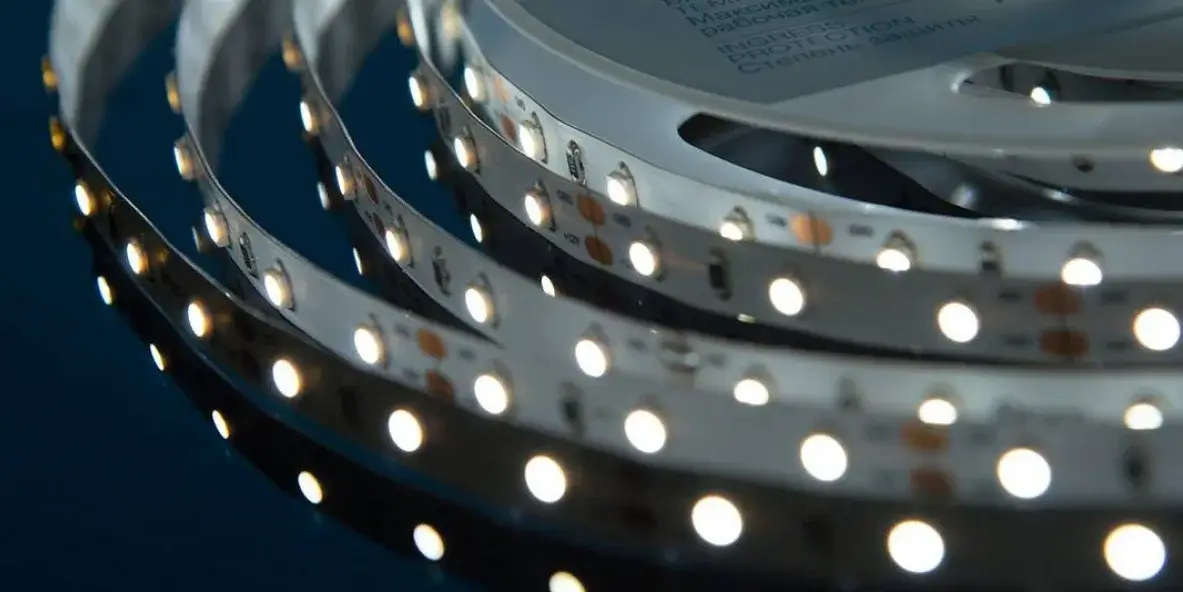
Chociaż diody LED z taśmą oferują wiele zalet, takich jak efektywność energetyczna i wszechstronność, ważne jest również, aby wziąć pod uwagę ich potencjalne wady. Niezależnie od tego, zaleca się wypracowanie dobrych nawyków i dokładne sprawdzenie wszystkich aspektów świateł taśmowych przed dokonaniem inwestycji. Przyjrzyjmy się teraz niektórym wadom świateł LED.
Wysoki koszt początkowy
Ze względu na zaawansowaną technologię produkcji i materiały stosowane w listwach świetlnych LED, ich koszty początkowe są zazwyczaj wyższe niż w przypadku tradycyjnych rozwiązań oświetleniowych, takich jak żarówki lub lampy fluorescencyjne. Dodatkowo jakość pasków świetlnych LED wzrasta wraz z lepszą wydajnością, na przykład wyższymi lumenami na wat lub lepszym oddawaniem kolorów. Chociaż paski oświetlenia LED mogą obniżyć koszty dzięki lepszej efektywności energetycznej i wydłużonej żywotności, początkowa inwestycja może być barierą dla niektórych konsumentów.
Sugestie dotyczące ulepsz: Chociaż można uzyskać tańsze paski świetlne LED za pośrednictwem innych kanałów, aby spełnić wymagania projektowe, te paski świetlne prawdopodobnie spowodują więcej problemów i ryzyka pod względem jakości świetlnej, bezpieczeństwa, żywotności i doświadczenia klienta.
Dlatego możesz rozważyć współpracę z producentami bezpośrednio z taśmy LED w celu zmniejszenia kosztów początkowych poprzez zakupy hurtowe. Jest to najlepszy sposób na uzyskanie wysokiej jakości produktów w bardziej konkurencyjnych cenach bez uszczerbku na bezpieczeństwie i wynikach projektu.
Czułość rozpraszania ciepła
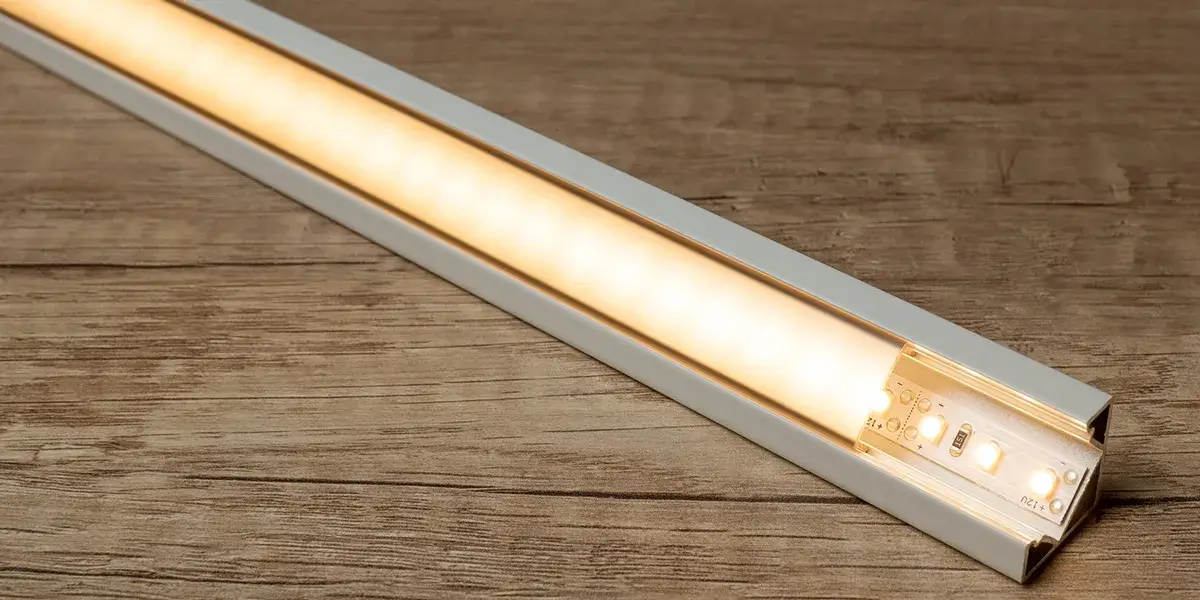
Paski LED generują ciepło, a nieodpowiednie rozpraszanie ciepła może prowadzić do innych problemów, takich jak zmniejszona strumień świetlny i żywotność. Dzieje się tak, ponieważ nadmierne ciepło może uszkodzić chipy LED, powodując zwiększony zanik światła, przyciemnianie i przyspieszenie starzenia. Problem ten jest szczególnie poważny w słabo wentylowanych, zamkniętych przestrzeniach, środowiskach o wysokiej temperaturze lub gdy paski świetlne są instalowane na materiałach wrażliwych na ciepło.
Zalecenia dotyczące ulepszeń: Aby zapewnić trwałość listew świetlnych LED, niezbędne jest odpowiednie rozpraszanie ciepła. Zapewnij prawidłową instalację i utrzymaj dobrą wentylację i odpowiednie temperatury robocze. Aluminiowe kanały LED dla efektywnego rozpraszania ciepła. Unikaj umieszczania pasków świetlnych LED w pobliżu źródeł ciepła. Dodatkowo możesz rozwiązać ten problem, stosując wysokiej jakości lub certyfikowane produkty, takie jak grubsze podłoża PCB (4 uncje, zazwyczaj 1-2 uncje) lub te z certyfikatem UL/ETL. W celu pomiaru termicznego taśm LED, przeczytaj artykuł: Pomiary termiczne pasków LED.
Niebezpieczeństwo światła niebieskiego
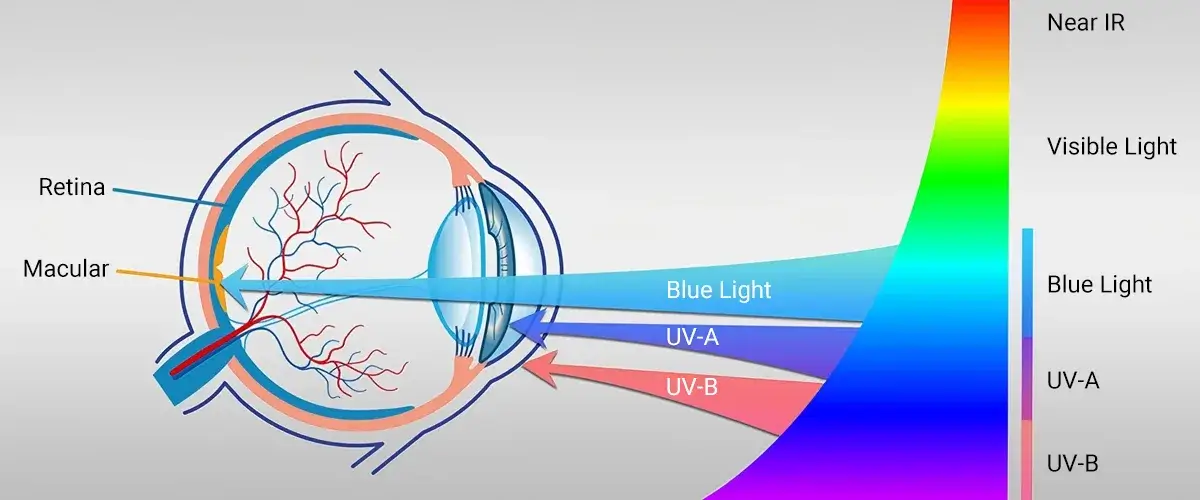
Niektóre paski świetlne LED z wyższymi temperaturami barwowymi (głównie chłodne białe diody LED) emitują niebieskie światło. Niebieskie światło, znane również jako „niebieskie światło o wysokiej energii o krótkiej długości fali”, to wiązka światła o stosunkowo wysokim natężeniu, o długości fali od 400 do 480 nanometrów. Niebieskie światło może być przyczyną fotochemicznego uszkodzenia siatkówki, a także może powodować zwyrodnienie plamki żółtej skóry. Długotrwałe narażenie na niebieskie światło, szczególnie w nocy, może zakłócać sen i powodować zmęczenie oczu.
W rzeczywistości prawie wszystkie rodzaje opraw oświetleniowych LED borykają się z tym problemem. Główną przyczyną zagrożeń niebieskiego światła jest to, że natężenie światła niebieskiego zmienia się w zależności od temperatury barwowej. Niebieskie natężenie światła jest wprost proporcjonalne do temperatury barwowej. Im wyższa temperatura barwowa, tym większe zagrożenie niebieskim światłem.
Sugestie dotyczące ulepsz: Kontrolowanie temperatury barwowej jest jedną z odpowiednich metod redukcji zagrożeń niebieskiego światła. W tym celu możesz wybrać paski świetlne LED z niższym promieniowaniem niebieskim (takie jak te o temperaturze barwowej poniżej 4000 K) lub używać ich umiarkowanie. W obszarach, w których spędzasz dłuższy czas, szczególnie w nocy, możesz dodatkowo użyć ciepłych rozjaśnionych rozwiązań oświetleniowych.
Spójność kolorów
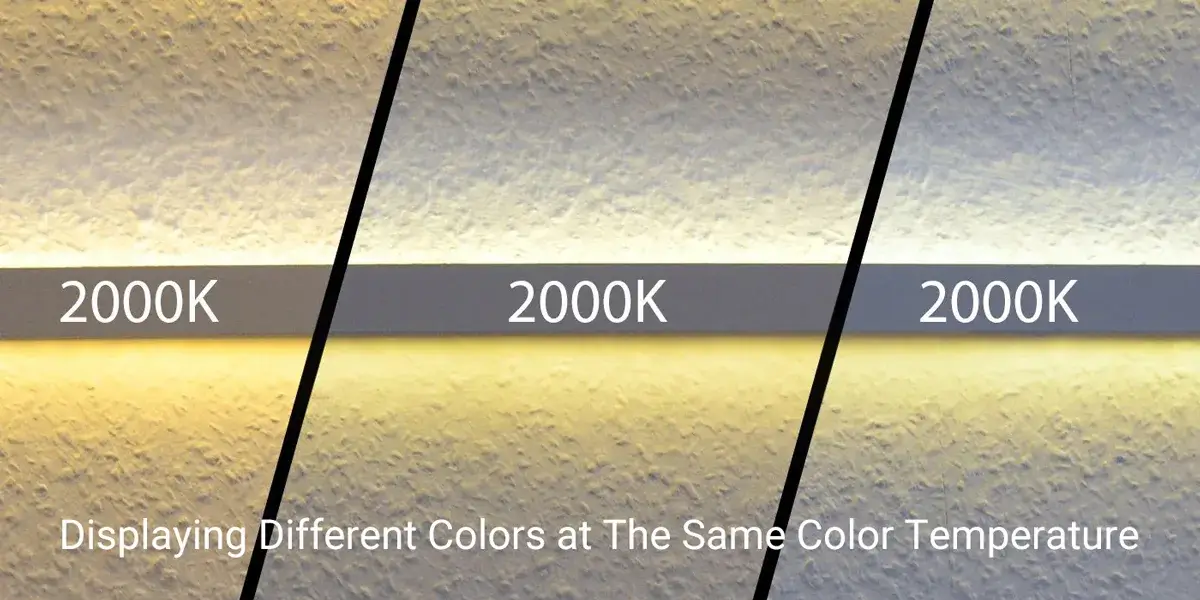
Niskie paski świetlne LED mogą wykazywać znaczne odchylenia temperatury barwowej lub niespójne odcienie kolorów między partiami, a nawet przesunięcia kolorów w obrębie jednego paska. Wynika to z braku ścisłej kontroli nad binningiem temperatury barwowej i testami oddawania barw podczas produkcji. Różnice w surowcach, takich jak chipy i fosfory między partiami, prowadzą do niestabilnej wydajności oddawania barw. Dlatego, gdy wiele pasków jest używanych razem, różnice te stają się bardziej zauważalne. Dodatkowo paski świetlne LED o niskich wskaźnikach oddawania kolorów mogą powodować, że przedmioty oświetlone przez światła wydają się niedokładne w kolorze.
Zalecenia dotyczące ulepszeń: Wybierz niezawodne, wysokiej jakości i certyfikowane produkty renomowanych producentów taśm LED, takich jak te z dobrymi ocenami CRI, niskimi wartościami SDCM, szeroką gamą produktów, opcjami OEM lub niestandardowymi rozwiązaniami dostosowanymi do Twojego projektu.
SDCM jest bardzo ważnym wskaźnikiem. Im niższa wartość SDCM (odchylenie standardowe dopasowania kolorów), tym lepsza spójność koloru. Podczas zakupu projektu, wiele partii próbek należy przetestować w celu porównania, aby upewnić się, że parametry takie jak temperatura barwowa i CRI spełniają wymagania we wszystkich partiach. Aby uzyskać więcej informacji na temat SDCM, przeczytaj blog: Wszystko o SDCM dla taśm LED.
Kompatybilność z funkcją ściemniania
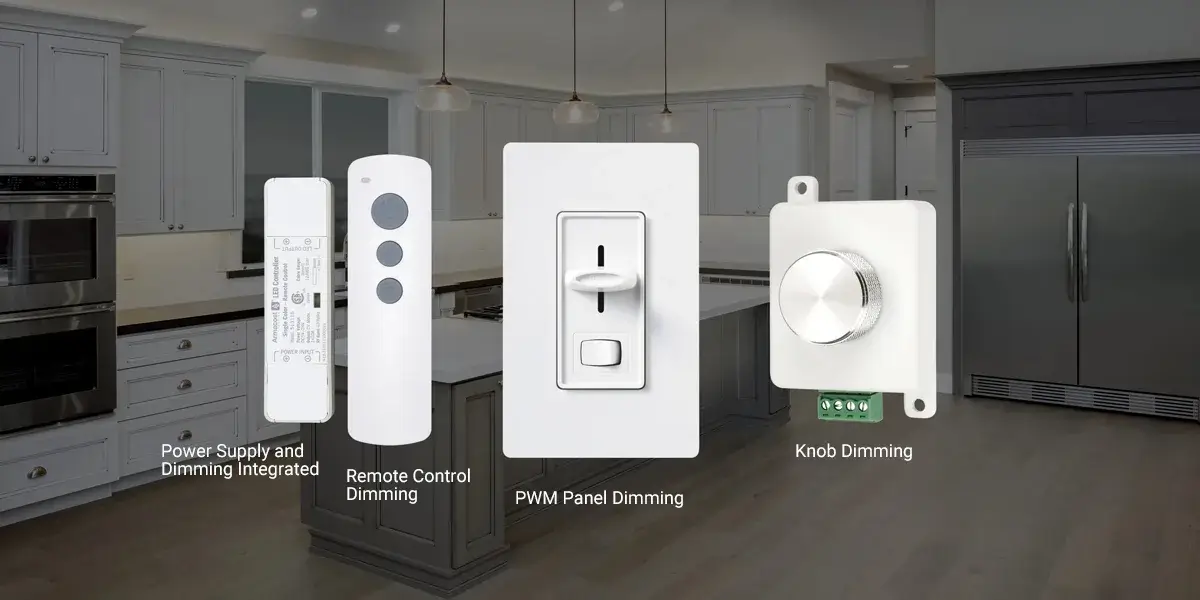
Zazwyczaj paski świetlne LED wymagają kompatybilnych zasilaczy i ściemniaczy lub kontrolerów, aby działały prawidłowo. Niedopasowane lub nieodpowiednie zasilacze lub ściemniacze/kontrolery mogą powodować migotanie, skrócenie żywotności, a nawet uszkodzenie pasków świetlnych LED. Na przykład niektóre paski świetlne RGB i dwukolorowe są niekompatybilne ze standardowymi ściemniaczami, co skutkuje niespójną kontrolą lub awarią. Dzieje się tak, ponieważ paski LED i ściemniacze różnych producentów stosują różne protokoły sterowania i standardy sygnału, uniemożliwiając im komunikację i pracę ze sobą właściwą.
Zalecenia dotyczące ulepszeń: Użyj Systemy sterowania klasy przemysłowej takie jak DMX, DALI lub 0-10V. Protokoły te zapewniają dobrą kompatybilność i stabilność, zapewniając niezawodną komunikację między paskami świetlnymi a ściemniaczami. Przed realizacją projektu przeprowadzić testy kompatybilności na listwach i ściemniaczach, aby zapewnić odpowiednią funkcjonalność sterowania ściemnianiem. W razie potrzeby skonsultuj się z ekspertem od oświetlenia.
Złożoność instalacji niestandardowych

Chociaż paski oświetlenia LED są łatwe do zainstalowania ze względu na ich klejenie i elastyczność, rzeczywista sytuacja może być bardziej złożona, szczególnie w przypadku projektów instalacyjnych na zamówienie. Nieprawidłowe połączenie zasilaczy i okablowania może prowadzić do problemów z wydajnością lub uszkodzenia. W niestandardowych projektach instalacyjnych listwy świetlne LED mogą wymagać cięcia, lutowania i okablowania do kompatybilnych ściemniaczy i zasilaczy. W przypadku osób bez doświadczenia elektrycznego może to wymagać profesjonalnej instalacji, co zwiększa ogólne koszty.
Sugestie dotyczące ulepsz: Najpierw upewnij się, że zasilacz spełnia wymagania dotyczące napięcia i mocy lamp LED. Po drugie, możesz użyć Złącza świetlne z taśmą LED Aby uprościć połączenia, skracając czas i wysiłek wymagany do lutowania tych punktów połączenia. Wreszcie, dla entuzjastów będziesz potrzebować profesjonalnej pomocy elektryka, instalatora LED, integratora lub wykonawcy. Zapewnia to bezpieczeństwo, niezawodność i odpowiednią instalację.
Jeśli chcesz dowiedzieć się więcej i zainstalować je samodzielnie, przeczytaj następujące powiązane blogi:
Kompletny przewodnik po okablowaniu taśm LED
Czy można połączyć wiele taśm LED?
Sposoby podłączania taśm LED do zasilacza
trwałość kleju
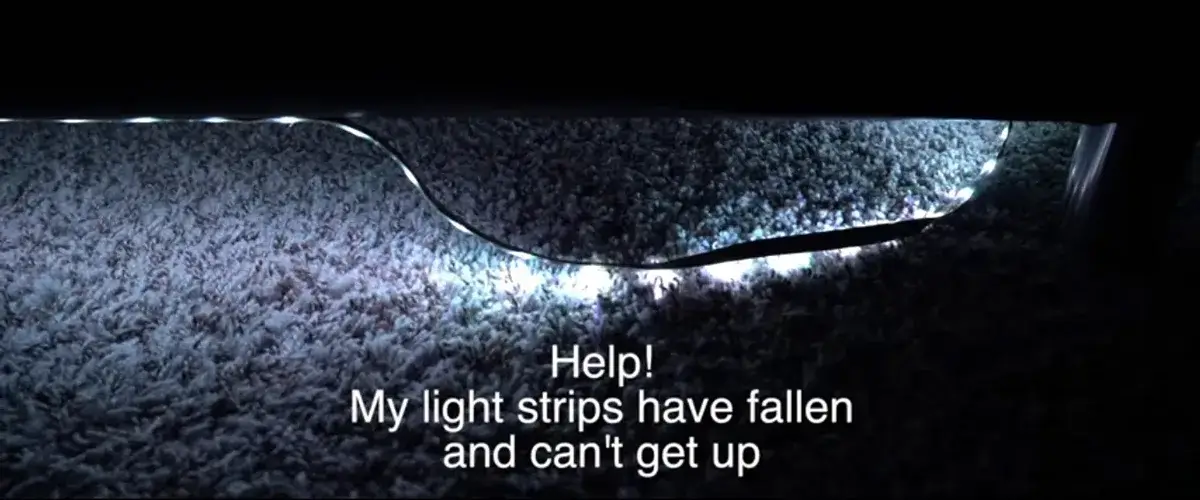
Klejowe podkładki na listwach świetlnych LED zazwyczaj ulegają degradacji z czasem, szczególnie w warunkach wysokiej temperatury, zakurzonej/wilgotności lub na szorstkich powierzchniach, co prowadzi do awarii i powoduje oderwanie pasków świetlnych. Wpływa to nie tylko na wydajność oświetlenia, ale także stwarza ryzyko bezpieczeństwa. Dodatkowo standardowe kleje piankowe mają ograniczoną przyczepność i trwałość, nie spełniając wymagań długotrwałego użytkowania. Ponadto wiele tanich, niskiej jakości listew świetlnych LED często wykorzystuje gorsze podkładki samoprzylepne w celu obniżenia kosztów.
Sugestie dotyczące ulepsz: oprócz używania Taśma VHB klasy przemysłowej, można przyjąć metody instalacji pomocniczej, takie jak zaciski i wsporniki. Klipsy i wsporniki zapewniają dodatkową siłę trzymania, zapewniając, że listwa świetlna pozostaje bezpiecznie zainstalowana nawet w trudnych warunkach. Przed instalacją powierzchnię montażową należy wyczyścić i przygotować, aby zapewnić jej płaską i suchość, zwiększając wytrzymałość klejenia. Aby uzyskać wskazówki dotyczące wyboru odpowiedniego podkładu klejowego, patrz blog: Jaka jest najlepsza dwustronna taśma klejąca do świateł taśmowych LED?
Spadek napięcia na długich dystansach

Gdy paski oświetlenia LED przekraczają 5 lub 10 metrów z zasilaczem jednokondowym, końce mogą wykazywać zauważalne ściemnianie lub przesunięcie koloru, wpływając na ogólną jednorodność oświetlenia i wygląd estetyczny. Dzieje się tak, ponieważ same przewody mają rezystancję, a wraz ze wzrostem odległości zasilania, straty prądu w przewodach stopniowo wzrasta, powodując spadek napięcia na końcu, co skutkuje niewystarczającym prądem do działania diod LED, co prowadzi do zmniejszenia jasności i problemów ze zmianą koloru.
Sugestie dotyczące ulepsz: Użyj zasilacza z dwoma końcówkami, zasilając jednocześnie zasilanie z obu końców paska LED, co może skutecznie zmniejszyć spadek napięcia spowodowany oporem przewodu. Alternatywnie, zwiększ wskaźnik przewodu, aby wybrać przewody o niższej rezystancji, zmniejszając straty prądu. Dodatkowo moc wtrysku co 5 metrów jest skutecznym rozwiązaniem, aby zapewnić, że wszystkie sekcje paska otrzymują stabilne napięcie i prąd. Aby uzyskać więcej informacji na temat przyczyn spadku napięcia i rozwiązań, przeczytaj artykuł: Spadek napięcia na taśmach LED: Przyczyny i rozwiązania.
Wniosek: uznaj, że DRawbacks i Cdudal Rwystajowy Solucja
Taśmy LED, jako produkt szeroko stosowany w nowoczesnym oświetleniu, nie są pozbawione wad. Chociaż zawsze istnieją pewne wady, musimy je uznać, ponieważ zawsze istnieją sposoby na ich rozwiązanie. Jednak zalety pasków świetlnych LED znacznie przewyższają wady, więc nie musisz się zbytnio martwić.
Czytając ten artykuł, uzyskałeś głębsze zrozumienie problemów, które mogą pojawić się podczas faktycznego korzystania z pasków świetlnych LED i ich przyczyn, co może pomóc nam złagodzić ryzyko w projektach komercyjnych i uniknąć problemów, takich jak niewystarczająca jasność lub opóźnienia z powodu przeróbek. Jeśli masz dodatkowe pytania dotyczące korzystania z pasków LED, możesz przeczytać naszego bloga [Oświetlenie taśmowe LED - typowe problemy i przewodnik po rozwiązaniach] Aby sprawdzić, czy to rozwiąże Twoje obawy.
SignLiteled zobowiązuje się do zapewnienia wysokiej niezawodności i spójności Taśma świetlna LED Produkty do projektów komercyjnych. Dzięki zaawansowanej technologii, ścisłej kontroli jakości i kompleksowej obsłudze posprzedażowej, oferujemy pełne wsparcie dla Twoich projektów. Skontaktuj się z nami w celu uzyskania próbek inżynieryjnych lub zaleceń dotyczących wyboru produktów, aby współpracować przy tworzeniu idealnego rozwiązania oświetleniowego.
